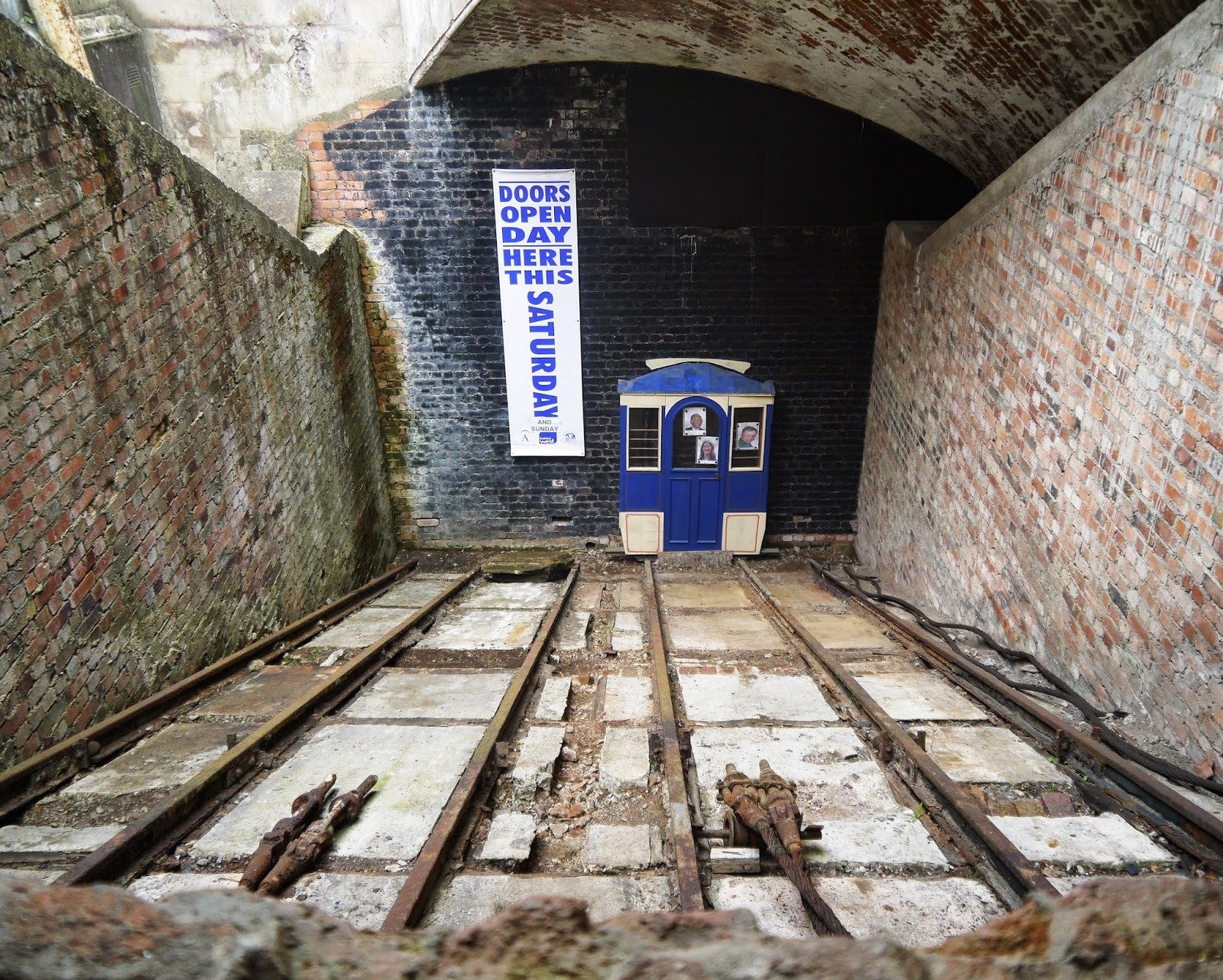Clifton Rocks Railway: Used To Serve As An Air Raid Shelter And BBC Studio During World War II
The Clifton Rocks Railway is a historic transportation system nestled within the Avon Gorge in Bristol, England.
It connected the hilly area of Clifton with the lower Hotwells area, which was popular due to the Hotwell Spa.
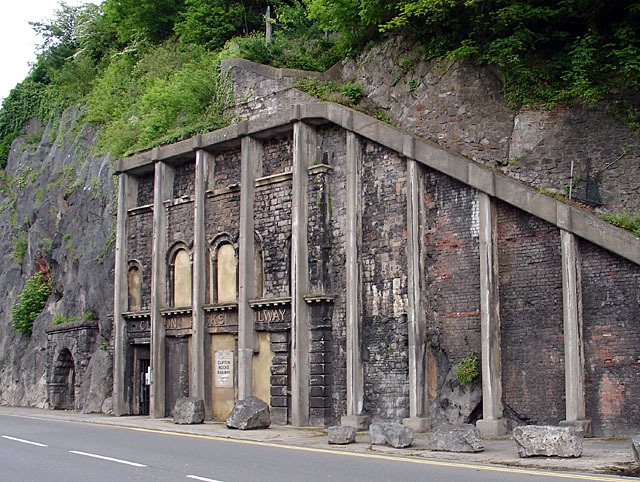
When Was The Railway Built?
The Clifton Rocks Railway was built in March 1891.
After two years of construction, it was officially opened on March 11, 1893.
The construction cost £30,000 (equivalent to £4,200,000 in 2023) – three times its original estimate.
It was developed by George Newnes, a publisher and philanthropist, who was inspired by the success of the Lynton and Lynmouth Cliff Railway in North Devon.
Newnes saw the potential in providing a similar service in Bristol, particularly given the challenging topography of the area.
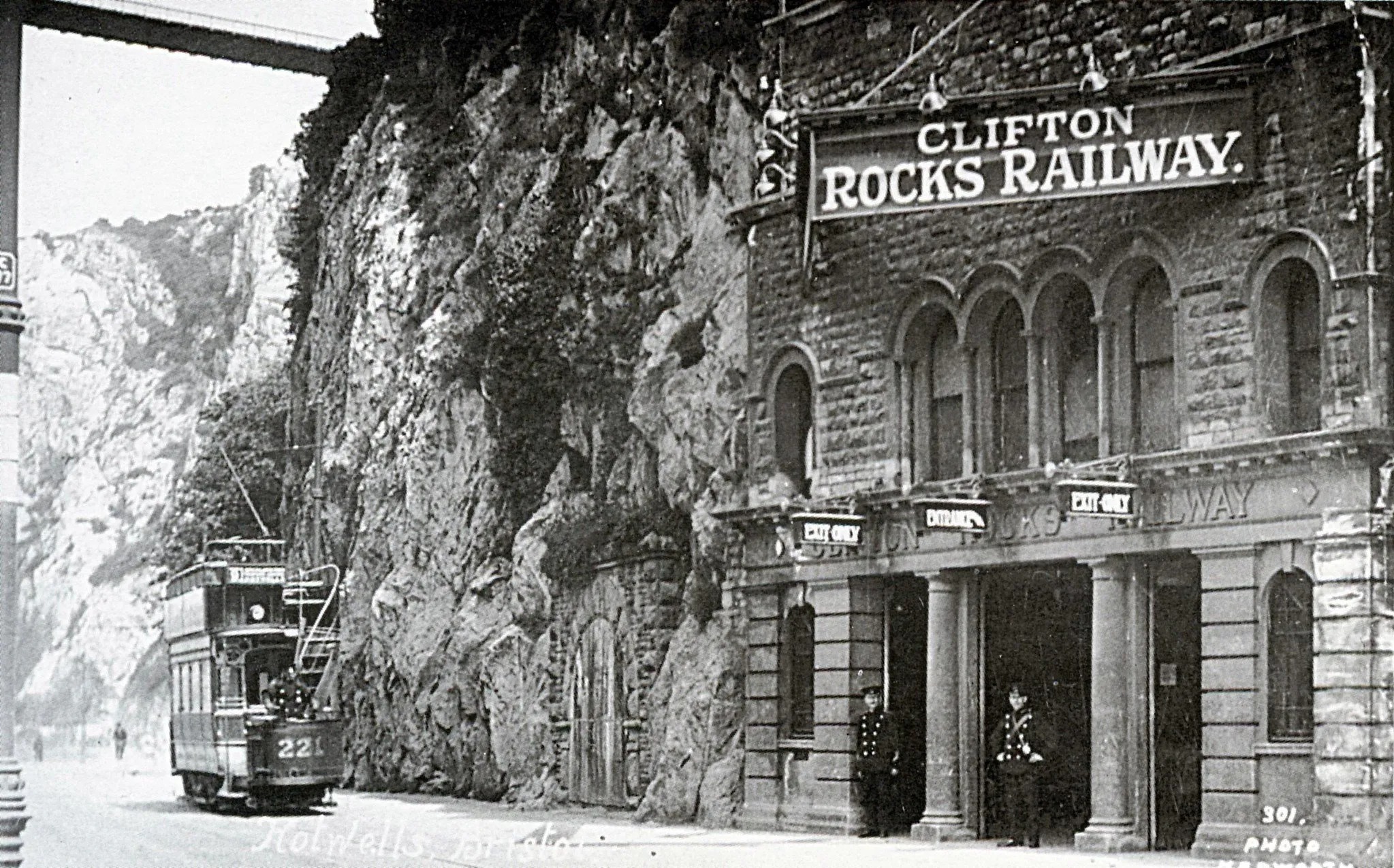
Design And Engineering
The Clifton Rocks Railway was designed by George Croydon Marks, an engineer known for his innovative work in funicular railways.
The railway was built entirely underground, which was unusual at that time.
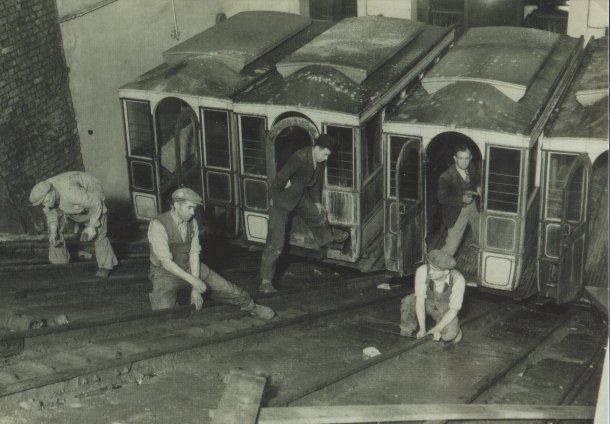
The construction required the excavation of a 28-foot (8.5 m) wide tunnel through the limestone cliffs of the Avon Gorge.
The tunnel stretches 500 feet (152 meters) through the limestone of the Avon Gorge and requires the removal of over 30,000 tons of rock.
Workers used machines and hand drills to construct it and then lined it with bricks.
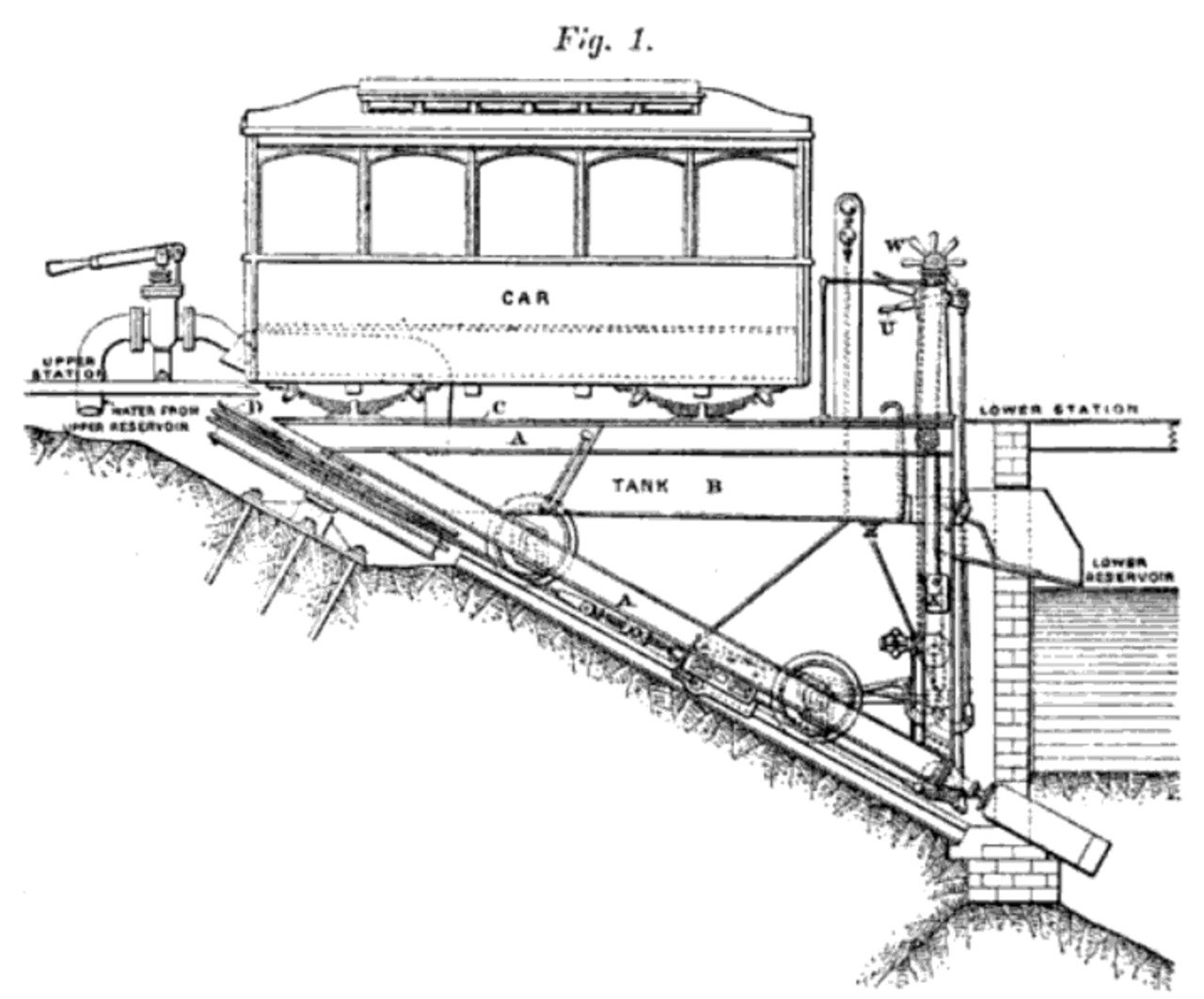
The railway had four parallel tracks, each with its own car, running on a gradient of 1 in 2.2 (approximately 24 degrees).
These cars were connected by a steel cable, driven by a stationary engine located at the upper station.
The system operated on the principle of counterbalance, where the weight of the descending car helped to pull the ascending car up the incline.
This design minimized the need for external power, making the operation both efficient and cost-effective.
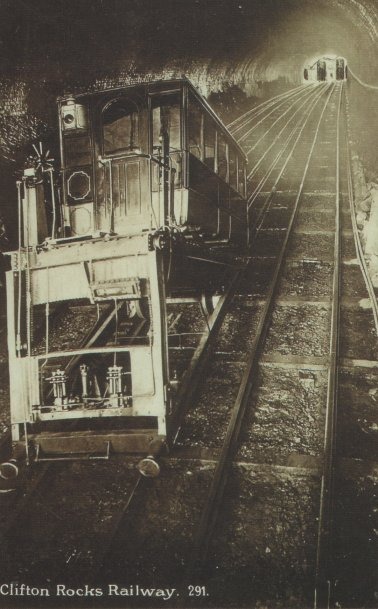
The tunnel’s entrance was located at the bottom of the Avon Gorge, near Hotwells Road.
The upper station was situated near the Clifton Suspension Bridge.
There was also a midway station where passengers could get off and explore the terraced gardens of the Avon Gorge Hotel.

In The Beginning, The Railway Was A Popular Choice For Travelers But Quickly Faced Challenges
When it opened, the Clifton Rocks Railway attracted both local residents and tourists.
It was a popular choice for those traveling between Clifton and Hotwells by providing a quick and smooth ride.

However, with the decline of the Hotwell Spa and the rise of other transportation options like trams and buses, fewer people used the railway.
The opening of the Bristol Tramway Company’s new Clifton Extension in 1908 further affected its business because the tram provided a cheaper and more direct route between Clifton and the city center.
By the 1920s, the railway struggled to stay profitable.
Despite efforts to increase passenger numbers through promotional campaigns and special events, the railway continued to lose money.
Eventually, the railway closed on September 29, 1934.
The last passenger service ran on September 29, 1934, marking the end of an era for this once-popular attraction.
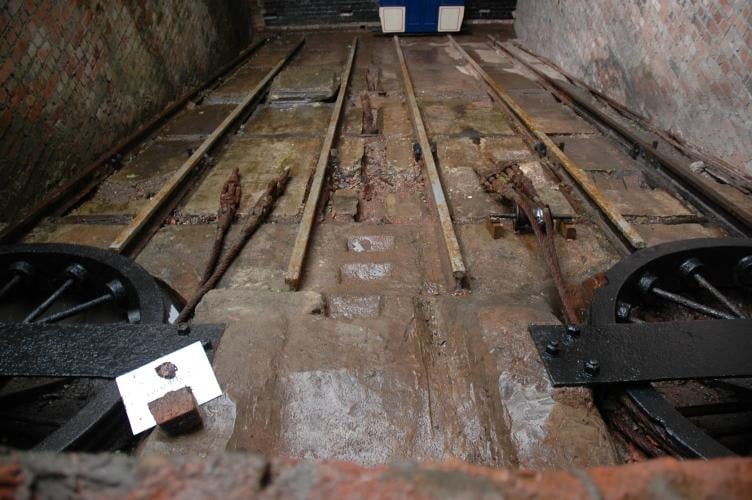
The New Role Of Clifton Rocks Railway In The World War II
When World War II began, the Ministry of Works and Buildings took over the Clifton Rocks Railway Tunnel, paying £100 a year to rent it.
The Ministry agreed to cover any legal issues related to the original lease.
British Overseas Airways and ARP Control
By March 1940, British Overseas Airways used part of the upper tunnel for offices and storage.
The Air Raid Precaution (ARP) Committee then took control of the tunnel, turning it into a civil defense shelter known as number 1898.
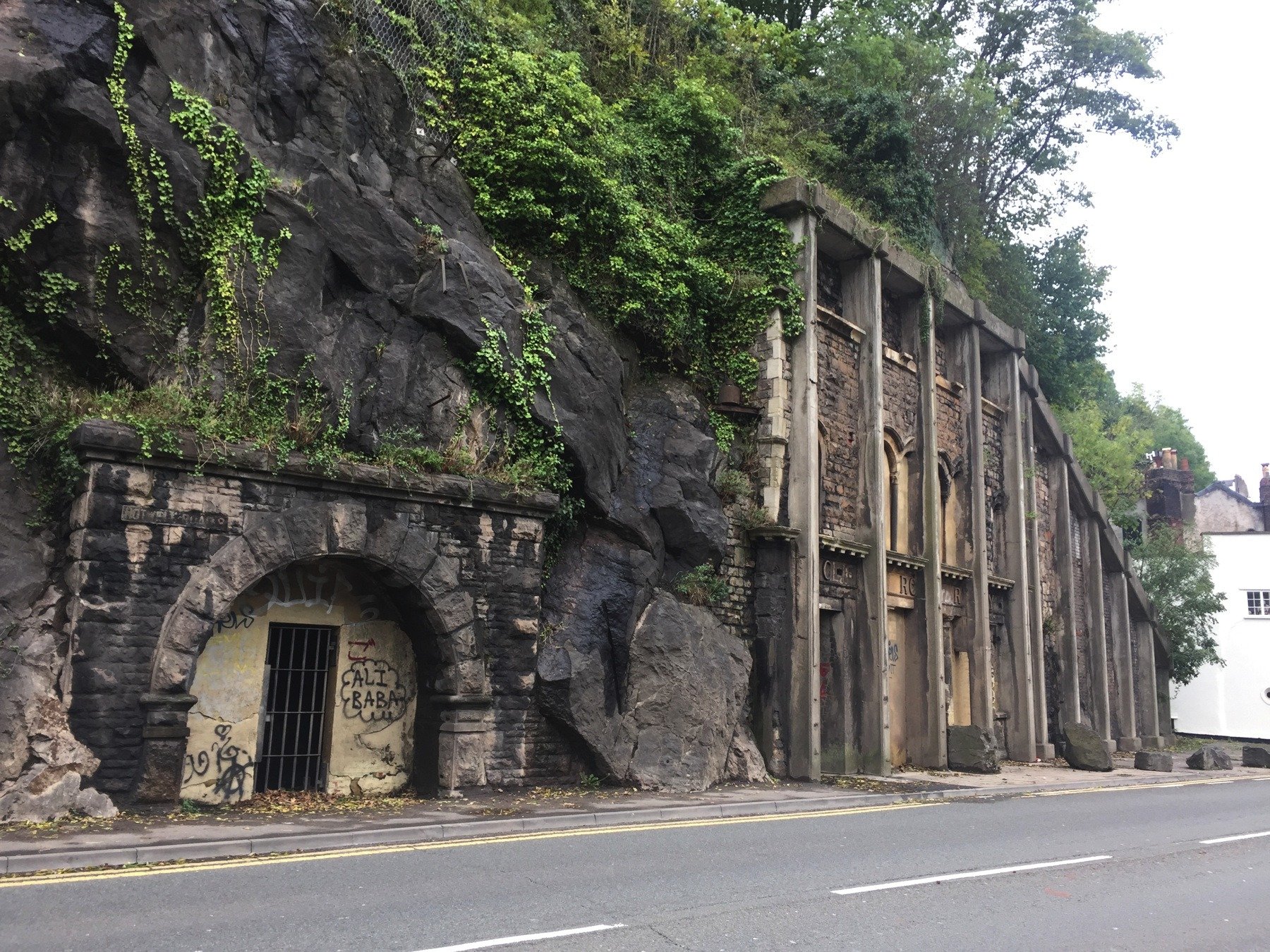
Air Raid Shelter
The BBC needed to keep broadcasting during the war despite threats from Nazi propagandist William Joyce, known as “Lord Haw Haw.”
Initially, there were talks of shutting down BBC transmitters to avoid targeting by enemy planes.
But as the war continued, the BBC’s role became crucial.
The Clifton Rocks Railway Tunnel was considered a bomb-proof studio.
The BBC tested the tunnel’s acoustics with the BBC Symphony Orchestra.
Though the tests were positive, the tunnel was quickly occupied by locals seeking safety during air raids.
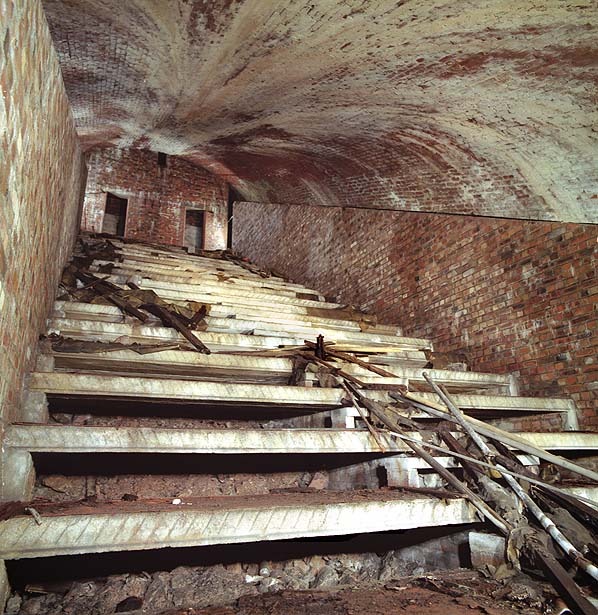
The BBC Studio
Work on the BBC installation started on February 24, 1941.
The BBC removed old train carriages and began converting the tunnel into functional spaces.
The conversion cost about £10,000.
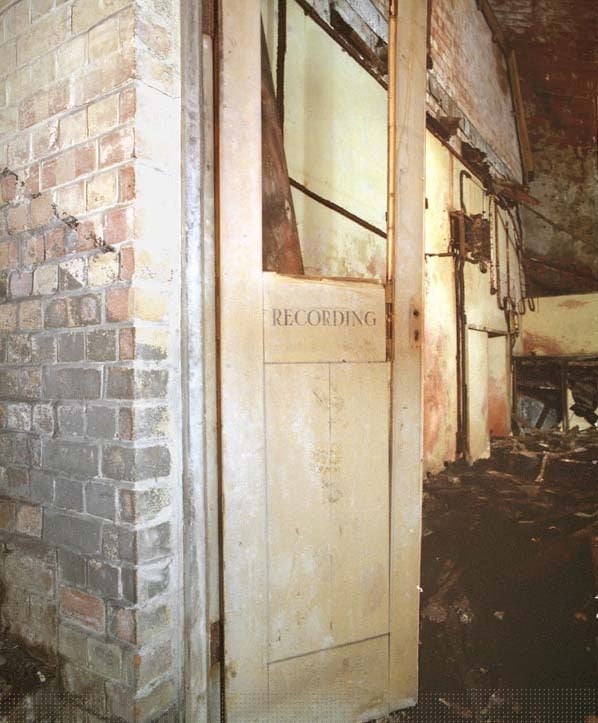
Top Room (Transmitters)
This room housed various transmitters for broadcasting and communication in case of attacks.
Second Chamber Down (Studio)
Designed for small-scale programs, this room included a piano and gramophone, with heavy carpets and quilts to improve acoustics.
Third Chamber Down (Recording Room)
Equipped with a record and replay machine, this room stored enough pre-recorded programs for weeks.
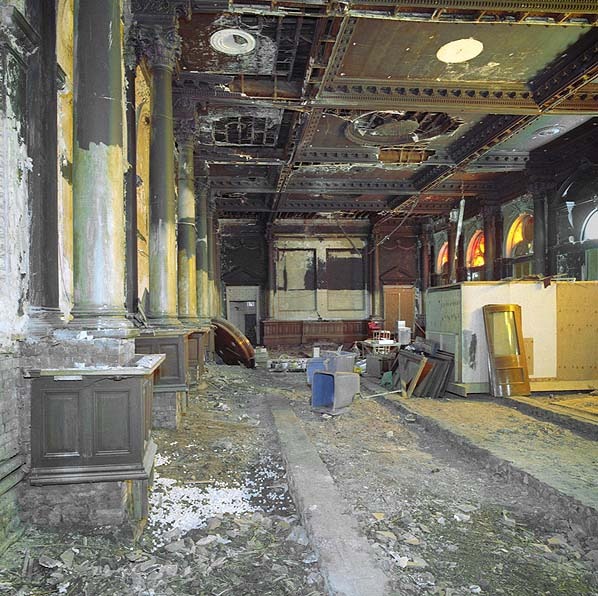
Fourth Chamber Down (Control Room)
This room managed equipment for 80 landlines connecting to outside stations, ensuring communication even if one line was destroyed.
Lower Ground Floor Rooms
These rooms had emergency generators, ventilation with gas attack precautions, and a canteen with enough supplies for several weeks.
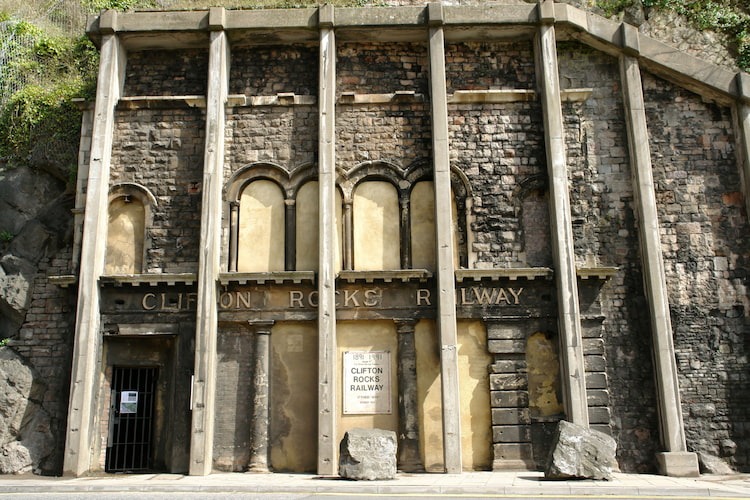
Operational Challenges
The BBC never used the tunnel studio.
When air raids occurred, staff rushed to the tunnel, but the main BBC studios stayed operational throughout the war.
After the war, the BBC decided to end its lease on July 30, 1946.
They removed all equipment except for essential heating and ventilation systems, which the Bristol Corporation bought.
The BBC’s transmitter continued to work as a local booster station due to international disputes.
By 1955, the tunnel was costly to maintain, with annual rates at £549.
The BBC negotiated a new lease for the upper part of the tunnel and gave up the lower part, which needed repairs due to structural issues.
First public opening since the war
In 2005, the railway first publicly opened since the war.
A volunteer group, which became a charity in 2008, was working to preserve and restore the Clifton Rocks Railway and its wartime structures.
Rebuilding the railway to run again wasn’t practical because the wartime buildings were on the tracks.
Restoring everything would cost about £15 million.
In 2019, there was a plan to turn the top section of the tunnel into a museum.


